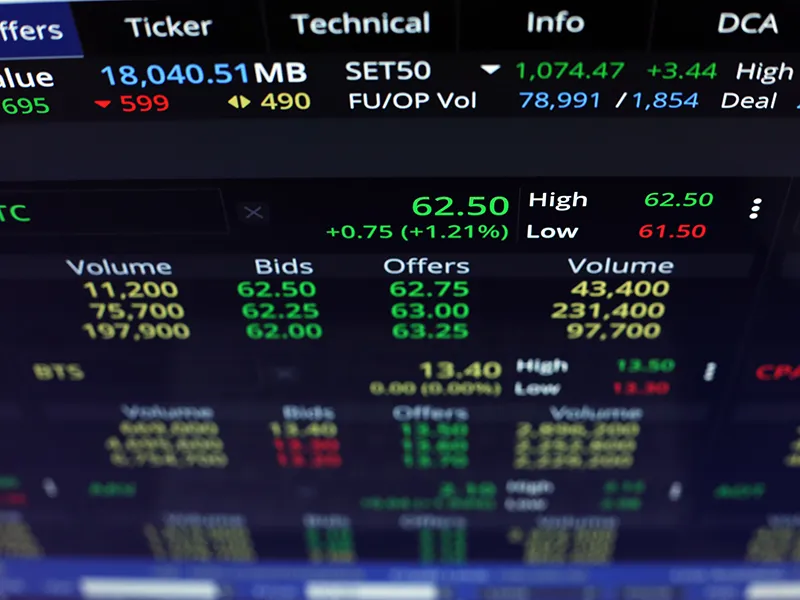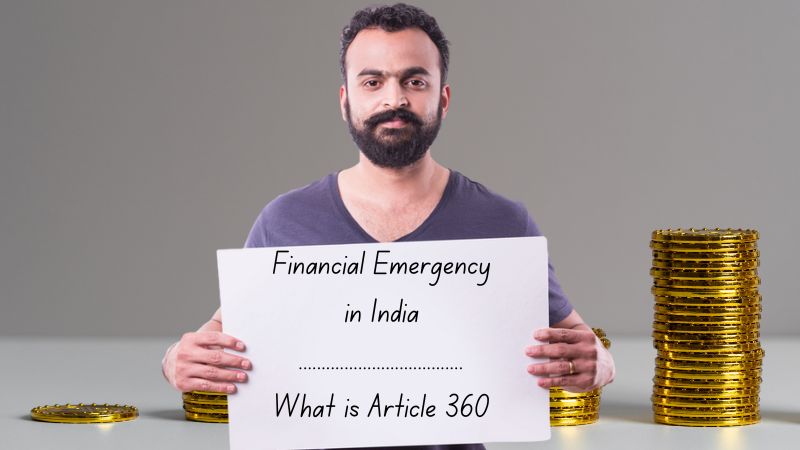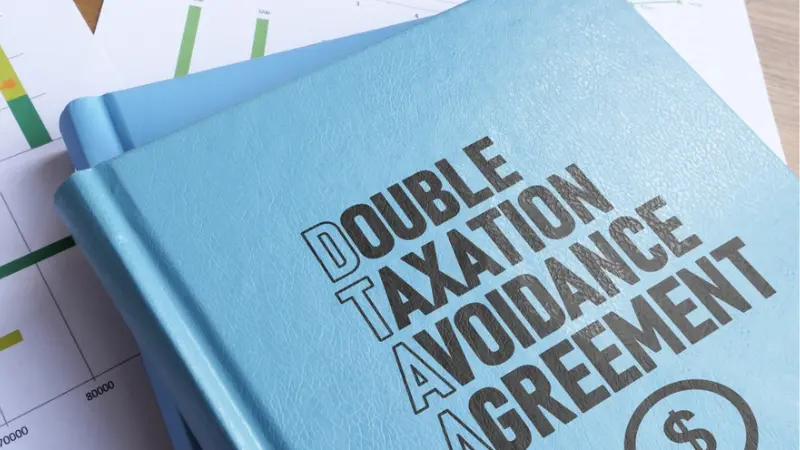
Money laundering in India has been recurring in the banking sector for many decades now. While in the earlier days, bank frauds used to come in the form of forging of instruments, accounting abnormalities and recording of inflated asset prices among others. As technology got introduced and risk-management got stricter, the banking system began to face newer forms of money laundering that are highly sophisticated and involve huge amounts of money.
In February this year, India saw one of its biggest ever banking frauds amounting to nearly Rs. 22,842 crores and involved ABG Shipyard Ltd., which is a shipbuilding and repair establishment. The level of money laundering involved here is still unfathomable by many.
So, what is money laundering, what does it encompass and which are some of the most famous cases of money laundering in India? Read on to find out all about money laundering.
Read More – What is Insider Trading?
What does money laundering involve?
Money laundering is a process in which an individual or an establishment converts illegal funds into legal money through complex channels. The money is passed through various phases involving conversion and transfer to a legally accepted institution.
Here are some of the commonly followed steps in money laundering:
- Initial placement
This is the beginning of the money laundering process, where illegal funds are transferred to a legitimate institution. Here, funds enter the banking system in a manipulative way such that fraud cannot be detected. While this is done for large amounts of money, the funds actually enter the system in small batches to avoid being identified as suspicious.
- Layering
This is the stage in which any signs of criminal activity are eliminated through some complex financial transactions. In the process of layering, funds may also be transferred to institutions or banks in foreign countries that have various secrecy laws in place. This helps in erasing the details about origin of the funds. Fraudsters may use various shell companies in this process.
- Integration
In the last step, funds are available for use legally, since these become legitimate in the eyes of the law. Laundered funds enter the banking system once again and are freely used by fraudsters.
How Money Laundering Works?
In India, money laundering is popularly known as Hawala transactions. It gained popularity during early 1990s when many politicians were caught in its net. Hawala is an alternative or parallel remittance system. “Hawala” is an Arabic word meaning the transfer of money or information between two persons using a third person.
Further to what we discussed on the process of money laundering, the first stage in this illegal activity involves the physical disposal of cash. The launderer introduces his illegal profits into the financial system. The second stage in money laundering is layering. This involves moving funds around to create confusion, sometimes by wiring them through several banks and accounts. This makes it difficult to trace the origin of the funds. This is the stage where the funds are returned to the legitimate economy for later extraction.
Famous money laundering cases in India
Here are some of the recent and famous money laundering cases that made headlines in India:
ABG Shipyard fraud case
A Gujarat-based company, ABG Shipyard Ltd. allegedly defrauded some Indian banks of Rs. 22,842 crores. Through a network of transactions, the company cheated a banking consortium of nearly 28 banks that involved State Bank of India (SBI) and ICICI Bank.
In January 2019, with the help of a forensic audit conducted by SBI under the guidance of Ernst and Young, it was found that the money laundering was done over a total of five years, starting from April 2012 up to July 2017.
As per Central Bureau of Investigation (CBI) investigation, ABG Shipyard Ltd first took loans from various banks and managed to divert funds to be used for other purposes. The company fraudulently made investments in many foreign subsidiaries using the loan amounts, purchased assets under different affiliated company names, and transferred funds to various related parties.
Punjab National Bank – Nirav Modi case
One of the most publicized money laundering cases in India was the Punjab National Bank scam orchestrated by the infamous diamantaires Nirav Modi and Mehul Choksi. It amounted to defrauding the bank of USD 2 billion.
This illegal management of funds was conducted by at least 50 employees of the Punjab National Bank of a single branch that is located in Fort, Mumbai. These employees are said to have issued no less than 1200 illegal bank guarantees that allowed the diamantaires to get large amounts of foreign credit.
While the Indian authorities have been trying hard to extradite these two fraudsters, Nirav Modi is still in Wandsworth Prison, awaiting extradition trial and Choksi is settled in Cuba. As a ray of hope, the Enforcement Directorate got back approx. USD 147 million worth of jewelry that belonged to various foreign entities owned by Nirav Modi and Mehul Choksi.
ICICI Bank – Videocon laundering case
Chanda Kochhar, the former CEO and MD of ICICI Bank along with her husband, Deepak Kochhar are currently being investigated by the ED for transactions between Videocon Group and NuPower Renewables Pvt. Ltd.,
This money laundering case was identified back in 2016, when Arvind Gupta, an investor in ICICI Bank and Videocon Group, highlighted suspicious transactions between the two companies. He eventually wrote a letter to various authorities, including the Prime Minister and the RBI Governor, to demand an investigation on conflict of interest. However, this was not taken up until 2018, when a second whistle-blower raised similar complaints against Chanda Kochhar.
Mrs. Kochhar was later questioned about sanctioning loans of Rs. 1,875 crores from ICICI Bank directly to Videocon Group, in exchange for illegal compensation from her husband’s businesses. The ED managed to attach about Rs. 78 crores worth of assets belonging to the Kochhar’s apart from arresting both Deepak and Chanda Kochhar in September 2020. Both these individuals were granted bail in 2021 by the High Court of Bombay.
Yes Bank – DHFL money laundering
This money laundering case involved Rana Kapoor, former CEO of Yes Bank, who was also its founder. During his tenure with the bank, he allegedly offered various credit facilities to Dewan Housing Finance Limited (DHFL) to gain substantial monetary benefits in return.
He gained kickbacks of more than Rs. 900 crores from DHFL’s promoter. These were transferred in the form of loans to a wholly owned company in the name of Rana Kapoor’s daughters. He also got a bungalow in Delhi from Avantha group’s promoter at an undervalued rate.
A detailed investigation revealed that there were many irregularities in the loans approved by Mr. Kapoor to DHFL. The ED therefore attached properties worth nearly Rs. 2,203 crores, including Mr. Kapoor’s personal property in 2020. He, along with his family, has been placed under arrest on different occasions through the investigation. In 2022, however, he and his wife were granted bail, along with Avantha Group promoter Gautam Thapar.
How can money laundering be stopped?
Money laundering is an illegal activity and there are various governmental measures to stop the same. People or entities involved in money laundering majorly rely on fake exports to carry out these fraudulent fund transfers. It is also done by spending on expensive art work & paintings, stock markets, etc. Here are some of the major action items that need to be in place to stop money laundering:
- Money laundering may especially surface in an unorganized and underdeveloped market. Therefore, such economies need to have strong controls and checks.
- A country’s government must design and implement policies to discourage tax evasion by companies.
- Every monetary transaction, whether it is related to production or consumption, must be tracked and monitored for illegal activity.
- Enhanced due diligence by banks is another way to identify money laundering cases.
- Knowing customers and their processes before dealing with them is also an important measure to be implemented by banks and financial institutions.
Conclusion
There are various national and international authorities today to keep an eye on money laundering. However, as banking systems become more complex due to technological enhancements, there are even more complex routes adopted by fraudsters to indulge in money laundering.
FAQs
PMLA or Prevention of Money Laundering Act, 2002 is the principal law that legally ensures prevention of money laundering in India. There are specialized government agencies that deal with money laundering cases. These include the Reserve Bank of India, Securities and Exchange Board of India(“SEBI”), and Insurance Regulatory and Development Authority of India
To prevent money laundering, SEBI introduced ‘Guidelines on Anti-Money Laundering (AML) Standards and Combating the Financing of Terrorism (CFT) /Obligations of Securities Market Intermediaries’. This is in line with the principles set by PMLA.
Any individual who attempts to engage in any activity that is connected to proceeds of a crime is considered guilty of the money laundering offense under PMLA
Money laundering offense under PMLA results in a rigorous imprisonment of minimum 3 years that can extend up to 7 years combined with a fine. If a company is found guilty of money laundering offense, every individual in charge of the business is considered guilty and is liable to be punished through legal proceedings by the Enforcement Directorate.
The Enforcement Directorate is an Indian government organization that is established to enforce various economic laws and deal with problems related to economic crime. It uses economic intelligence to enforce the major laws governing the country’s economic development.


























